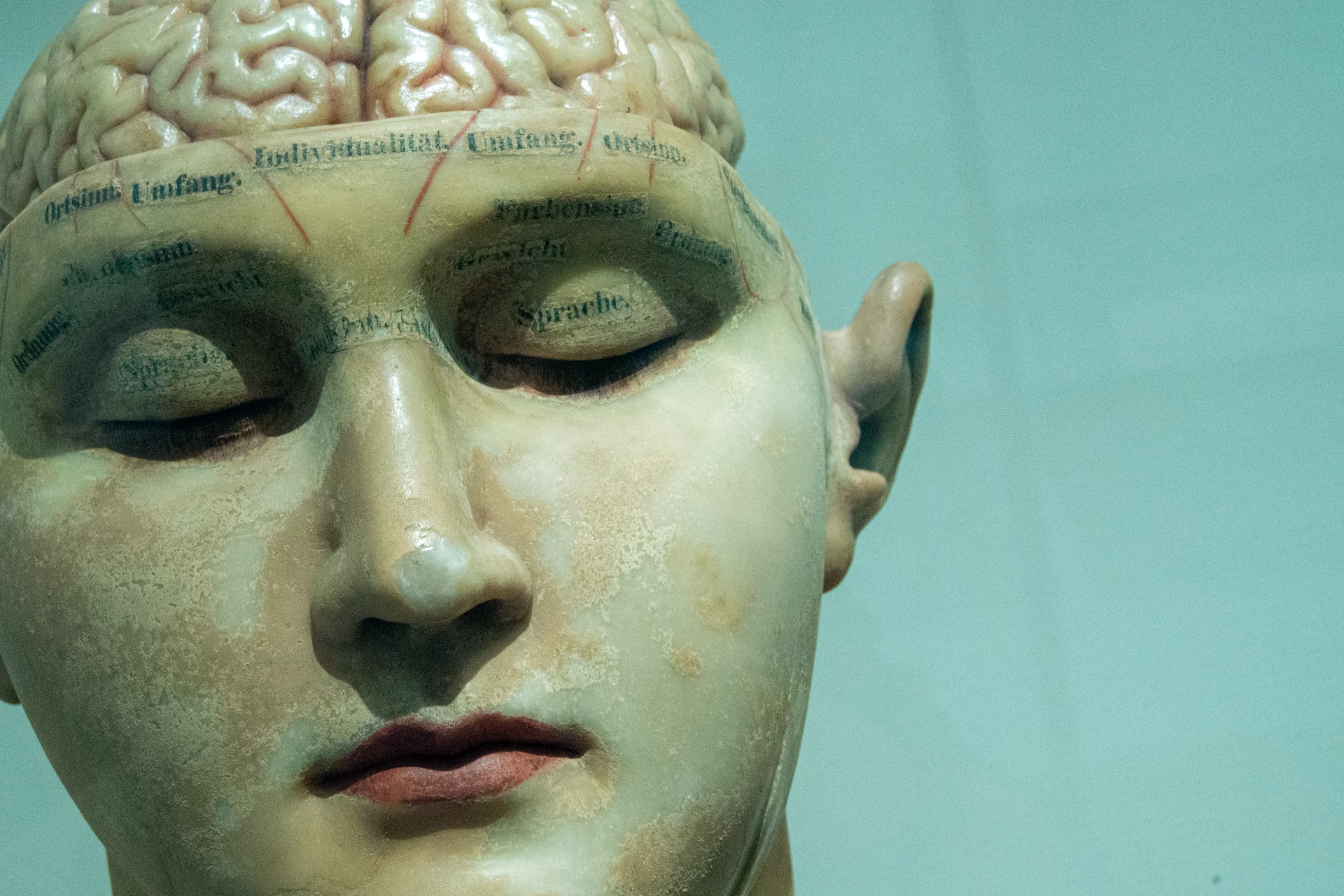How to Help a Person With Alzheimer’s Put On Pajamas
Alzheimer’s disease is a progressive brain disorder that affects millions of people worldwide. It is characterized by memory loss, confusion, and changes in behavior and personality. As the disease progresses, simple daily tasks can become challenging for those with Alzheimer’s, including getting dressed or putting on pajamas. If you have a loved one or friend with Alzheimer’s, you may be wondering how you can help them with this task. In this article, we will discuss some tips on how to help a person with Alzheimer’s put on pajamas in a simple, easy-to-understand way.
1. Choose comfortable and easy-to-wear pajamas
The first step in helping a person with Alzheimer’s put on pajamas is to choose comfortable and easy-to-wear clothing. Look for soft fabrics that are not too tight or restrictive, as this can be uncomfortable and confusing for someone with Alzheimer’s. Avoid clothes with too many buttons, zippers, or ties, as they can be difficult to use and may cause frustration for the person.
2. Create a routine
People with Alzheimer’s thrive on routines and familiarity. Creating a routine for getting dressed can help ease the process and make it less overwhelming for them. Try to establish a specific time for changing into pajamas, such as before bedtime or after dinner. This will help the person anticipate the task and make it a natural part of their daily routine.
3. Provide simple instructions
When helping someone with Alzheimer’s put on pajamas, it is essential to keep instructions simple and clear. Use short, straightforward sentences and break down the task into smaller steps. For example, instead of saying “Put on your pajamas,” try saying “First, let’s put your arms through the sleeves, then pull the shirt over your head.” This approach can help the person understand what is expected of them and make the task more manageable.
4. Use visual cues
As Alzheimer’s disease progresses, people may struggle to understand verbal instructions. Using visual cues can be helpful in these situations. You can lay out the pajamas in the order they should be put on or use pictures or drawings to guide the person through the process. Visual cues can also serve as a reminder of what comes next, making the task more manageable for the person.
5. Be patient and calm
Getting dressed can be a challenging task for someone with Alzheimer’s, and it is crucial to be patient and understanding. It is normal for people with Alzheimer’s to become confused or frustrated during this process. If the person becomes agitated, take a break and try again later. It is essential to remain calm and maintain a positive attitude to help ease their anxiety.
6. Assist when necessary
While it is essential to encourage independence, some people with Alzheimer’s may need assistance getting dressed. If this is the case, offer your help without being condescending or making the person feel helpless. Use a gentle touch and talk through each step as you help them put on their pajamas.
7. Consider adaptive clothing
If someone with Alzheimer’s struggles with getting dressed independently, there are adaptive clothing options available that can make the process easier. These clothes have features such as magnetic closures or Velcro instead of buttons, making them less challenging to put on. Adaptive clothing can also reduce frustration and promote independence for those with Alzheimer’s.
8. Provide positive reinforcement
As with any task, it is essential to provide positive reinforcement and praise when helping someone with Alzheimer’s put on pajamas. Even small accomplishments should be acknowledged and celebrated. This positive reinforcement can boost their confidence and make them more likely to cooperate during future attempts.
In conclusion, helping a person with Alzheimer’s put on pajamas can be a challenging task, but there are many ways to make it easier and less stressful for both the caregiver and the person with Alzheimer’s. Remember to be patient, use simple instructions and visual cues, and provide positive reinforcement. With these tips, you can make getting dressed a more comfortable and more manageable task for your loved one with Alzheimer’s.





